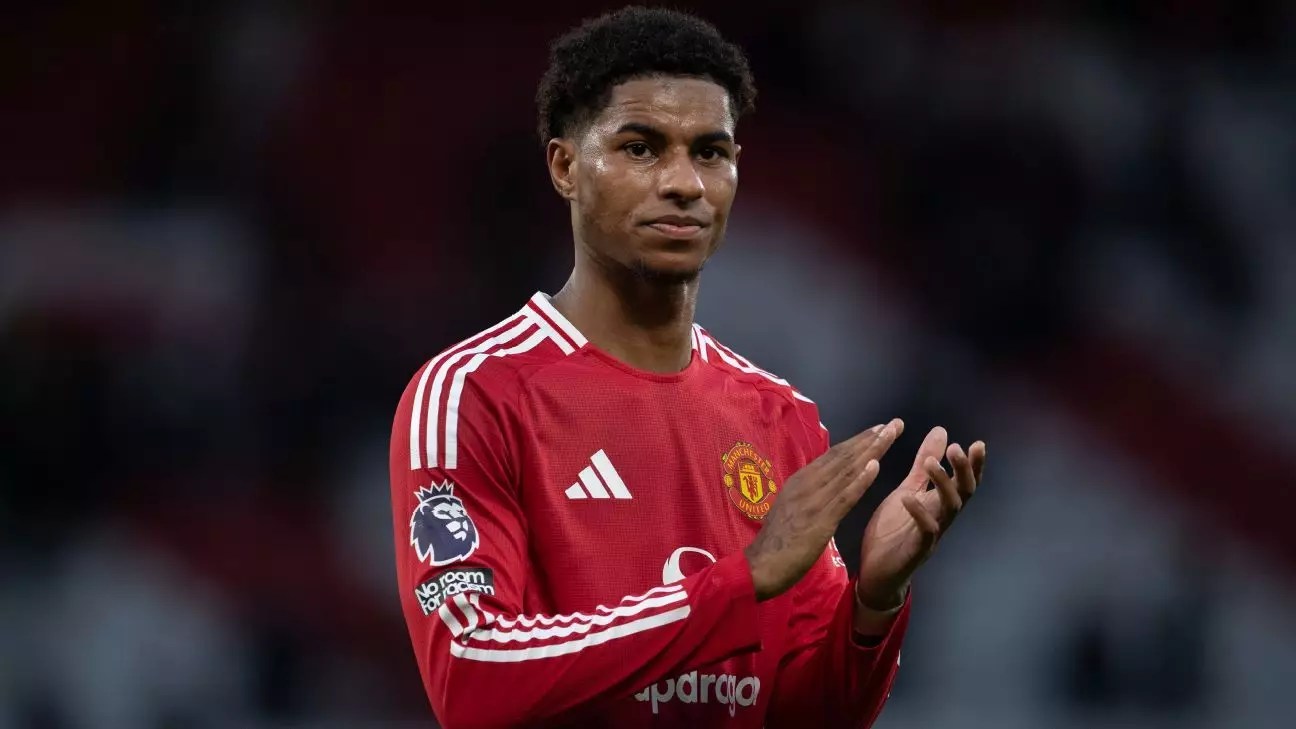The Premier League transfer window has once again opened its doors, presenting clubs with the chance to bolster their squads not just for the immediate needs of the 2024-25 season, but also for the long-term future. This opportunity comes with a clear time constraint; clubs must finalize their signings before the window closes at 11 p.m. GMT (6 p.m. ET) on February 3, 2025. This annual window is crucial not just for the Premier League but also resonates throughout England’s football divisions, as similar windows exist in other prominent European leagues, albeit with varying timelines and rules.
While the Premier League shares its transfer window closure date with several European leagues, there are significant differences in opener timings. In Spain and Italy, for instance, the window begins on January 2, and clubs there will have until midnight local time to secure new talent. French clubs in Ligue 1 face a quicker deadline, with the window closing an hour earlier than in the Premier League. The Bundesliga, on the other hand, wraps up its business by 6 p.m. CET (5 p.m. GMT), creating various strategic windows for clubs across Europe to engage in the dynamic and often competitive market.
Last year witnessed a decline in expenditure among Premier League clubs, with their total spend dropping to £100 million ($127.7 million), a significant fall from the previous year’s record of £815 million, according to Deloitte’s financial report. This retrenchment makes it evident that clubs are becoming increasingly cautious, focusing on sustainability and efficiency in their recruitment strategies. The only instance of lower spending outside of the COVID-afflicted January 2021 was in January 2012, making the current trends noteworthy for analysts and fans alike.
As the transfer window progresses, speculation rises around numerous players, particularly high-profile figures in the Premier League. One such instance is Marcus Rashford of Manchester United, whose recent comments hint at a longing for change. Expressing his desire for a new challenge, Rashford faces an uncertain future following a notable absence from key games, leading to questions about his role within the squad and Manchester United’s strategy moving forward.
This situation encapsulates a broader narrative running through the league, where established talents grapple with seemingly diminishing roles in their respective teams. For Liverpool’s Mohamed Salah, Trent Alexander-Arnold, and Virgil van Dijk, the imminent expiration of their contracts sparks debates about loyalty versus ambition, as the trio can freely negotiate with foreign clubs. This raises a critical focal point: do clubs prioritize securing their proven stars or seek fresh talents, potentially upheaving established hierarchies?
Interestingly, while Premier League clubs pulled back on their spending, clubs in Europe’s “top five” leagues saw a surge in expenditures, escalating from €255 million in January 2023 to €455 million in January 2024. This contrast raises questions about the financial landscape of European football and the shifting dynamics of player valuation. Clubs are now reassessing both the present and future value they see in their players, which could lead to significant changes in team compositions across the continent.
As such, the decisions made this January could set a foundational precedence for the competitive structure of European football in the subsequent seasons. Notably, Manchester City finds itself confronting a parallel predicament with star midfielder Kevin De Bruyne, who finds his contract also nearing expiration.
The Premier League transfer window acts as a litmus test for clubs’ strategic philosophies while also reflecting broader spending trends within European football. The divergence in spending among leagues necessitates introspection among Premier League clubs, urging them to contemplate where they place both their financial resources and their trust. This January window isn’t merely a transactional affair; it reveals an intricate web of ambitions, limitations, and aspirations that will shape the trajectory of the teams and their players for years to come. As the clock ticks down to the deadline, clubs will undoubtedly continue to engage in complex negotiations, seeking to strike the right balance between immediate performance enhancement and long-term viability.


Leave a Reply